Olive oil is more than just a cooking ingredient—it’s a cultural treasure, a symbol of health, and an economic powerhouse in many parts of the world. Whether drizzled on fresh salads, used in gourmet dishes, or applied in skincare products, olive oil holds a special place in both culinary and non-culinary uses. But one question often arises: Which country leads the world in olive oil production?
The simple answer is: Spain. With vast groves of olive trees stretching across its landscapes, Spain has long maintained its position as the world’s largest producer of olive oil. But understanding why Spain dominates this industry involves a deeper look into its history, geography, production methods, global impact, and competition.
A Historical Look at Olive Oil Production
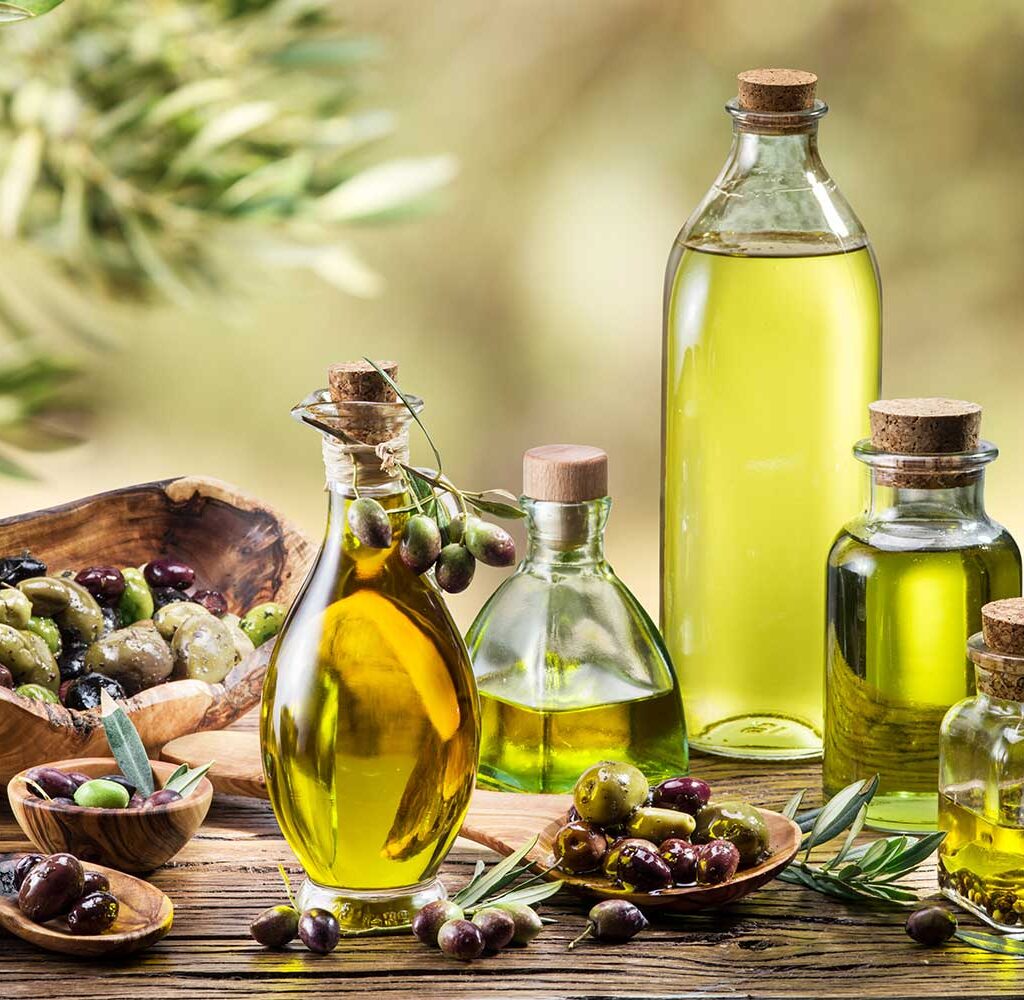
The history of olive oil dates back thousands of years, originating in the Mediterranean basin. Ancient civilizations like the Greeks, Romans, and Phoenicians not only consumed olive oil but also regarded it as sacred. Over centuries, olive oil spread through trade routes and became a staple across southern Europe and the Middle East.
Spain’s involvement in olive oil production began in earnest during the Roman Empire, when olive cultivation was actively encouraged in the Iberian Peninsula. Today, that ancient tradition has evolved into a modern industry rooted in both innovation and heritage.
Why Spain?

Several factors contribute to Spain’s dominance in olive oil production:
1. Ideal Climate and Geography
Spain’s Mediterranean climate, characterized by hot, dry summers and mild winters, is perfect for growing olives. The country has around 2.5 million hectares dedicated to olive groves, mostly concentrated in the region of Andalusia, especially in provinces like Jaén, Córdoba, and Seville. Jaén alone accounts for nearly half of the country’s total production.
2. Massive Scale of Production
Spain produces over 1.4 million metric tons of olive oil annually, accounting for 40–45% of global production. This puts it far ahead of other major producers like Italy, Greece, and Turkey. In some years, due to favorable weather conditions, Spain’s production has exceeded 1.6 million metric tons, highlighting its vast capacity.
3. Advanced Agricultural Techniques
Spanish producers have embraced modern technology, irrigation systems, and mechanized harvesting methods to maximize efficiency and quality. Unlike traditional hand-harvesting methods that are still used in smaller farms in Italy or Greece, Spain’s large-scale farms use machines that reduce labor costs and increase yield.
4. Variety of Olive Cultivars
Spain grows over 200 different types of olives, with Picual, Arbequina, Hojiblanca, and Cornicabra being among the most popular for oil production. Each variety brings a unique flavor profile, allowing Spain to offer a diverse range of olive oils catering to global tastes.
Olive Oil Industry in Spain: An Economic Engine
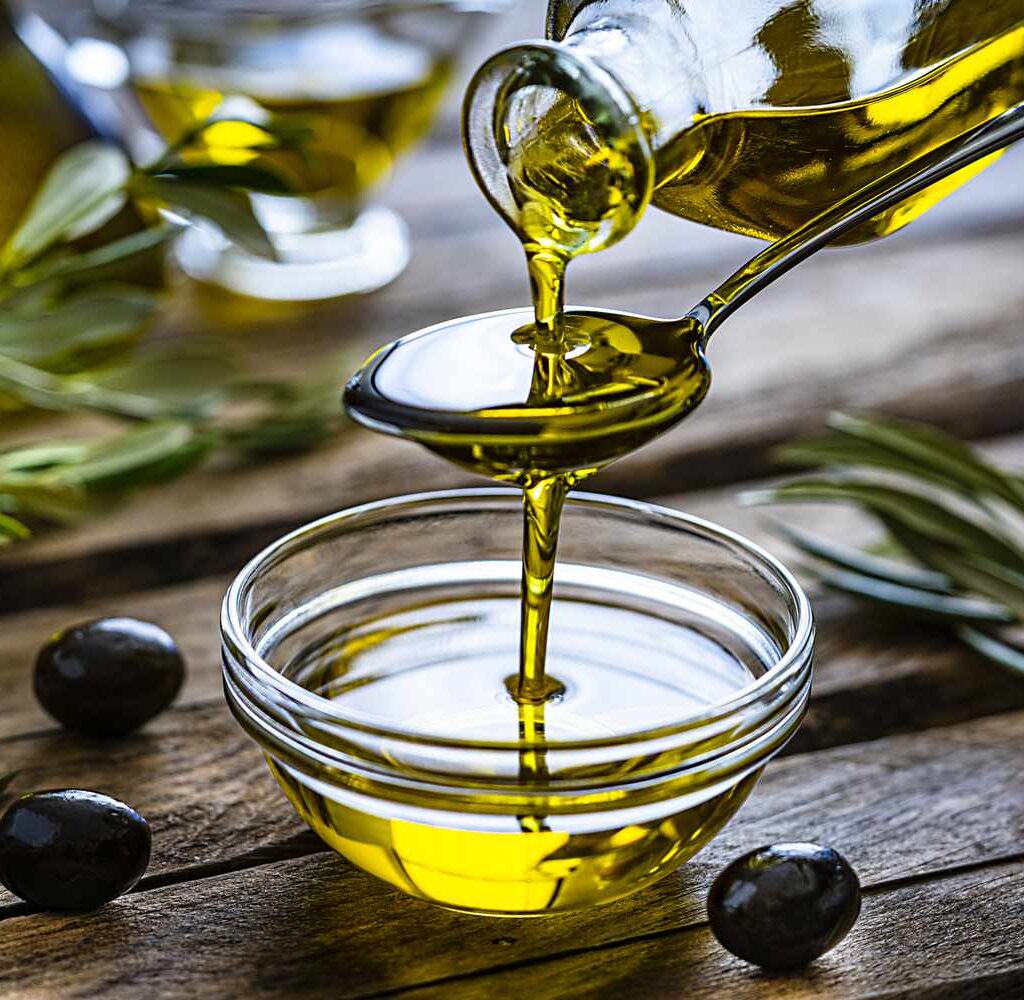
The olive oil industry is a significant pillar of Spain’s agricultural economy. It generates billions in revenue each year, with exports playing a major role. Spain exports olive oil to more than 150 countries, including Italy, the United States, China, and France. Interestingly, a significant portion of olive oil labeled “Italian” in global markets is actually produced in Spain and repackaged in Italy due to historical branding strength.
The industry also supports thousands of jobs, particularly in rural regions where employment opportunities are limited. From cultivation and harvesting to processing, bottling, and export, olive oil sustains entire communities.
Olive Oil Quality and Grading
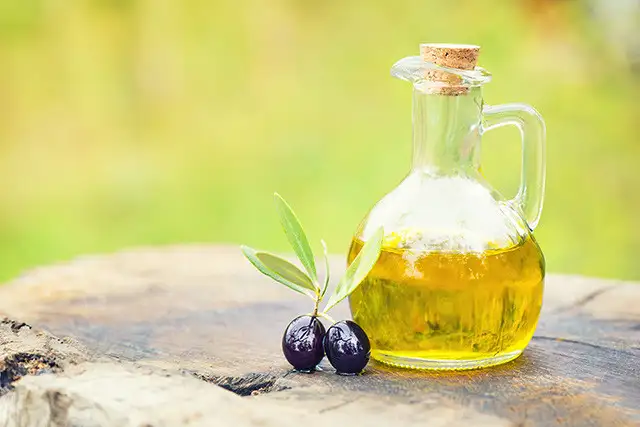
Spain produces olive oil across various quality categories, including:
- Extra Virgin Olive Oil (EVOO): The highest quality with excellent taste and aroma, made purely by mechanical processes without heat or chemicals.
- Virgin Olive Oil: Slightly lower in quality but still natural and healthy.
- Refined Olive Oil: Made by refining virgin olive oil to remove defects.
- Pomace Olive Oil: Extracted from the leftover olive pulp using solvents.
Spain has strict quality control systems in place, including Protected Designation of Origin (PDO) certifications that ensure authenticity and traceability. Some renowned PDOs include Baena, Priego de Córdoba, and Sierra de Segura.
Spain vs. Other Top Olive Oil Producers
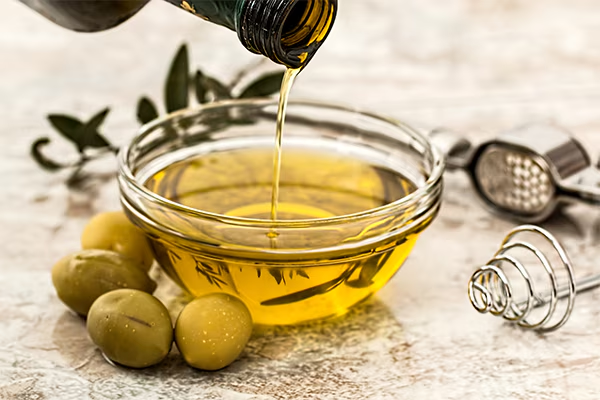
While Spain leads the pack, several other countries are important players in the olive oil industry:
Italy
Italy is perhaps the most globally recognized name in olive oil due to its branding, marketing, and culinary fame. However, it produces around 300,000–400,000 metric tons annually—significantly less than Spain. Italian olive oil is often more expensive due to its artisanal methods and smaller-scale production.
Greece
Greece is known for producing high-quality extra virgin olive oil, especially from regions like Crete and Kalamata. Despite its smaller land area, Greece has a high per-capita consumption and exports globally. Annual production is around 200,000–300,000 metric tons.
Turkey
Turkey has emerged as a major player, particularly in the Middle East and Europe. With increasing investments and modern techniques, its production has grown to around 200,000–250,000 metric tons.
Tunisia
Tunisia is a significant non-European producer, exporting large quantities of olive oil, often in bulk to be repackaged in Europe. It produces roughly 300,000 metric tons in favorable seasons.
Global Demand and Trends
Global demand for olive oil has surged in recent decades, fueled by the popularity of the Mediterranean diet, which promotes olive oil as a heart-healthy fat. Health-conscious consumers in North America, Asia, and even parts of Africa are now incorporating olive oil into their diets.
Spain has responded by focusing not only on quantity but also on premium-quality products. Boutique Spanish brands have won numerous international awards, and there’s a growing trend of organic and cold-pressed olive oils hitting the market.
Sustainability and Challenges
Like many agricultural sectors, olive oil production in Spain faces challenges such as:
- Climate Change: Irregular rainfall and rising temperatures affect crop yields.
- Pests and Diseases: Olive trees are vulnerable to pests like the olive fruit fly and diseases like Xylella fastidiosa.
- Market Competition: New entrants like Australia, the U.S. (California), and South America are increasing their production capabilities.
To combat these, Spain is investing in sustainable agriculture, water-saving techniques, and genetic research to develop disease-resistant olive cultivars.
Conclusion: Spain’s Reign Continues
With its ideal conditions, vast landscapes, efficient systems, and centuries of tradition, Spain stands firmly as the largest olive oil producer in the world. It not only supplies the world with this golden liquid but also sets global standards for production, innovation, and quality.
As the demand for healthy oils continues to grow and global cuisines become more intertwined, Spain’s role in the olive oil industry is more vital than ever. For consumers, this means greater access to high-quality, flavorful, and healthful olive oils that have their roots deep in the Spanish soil.

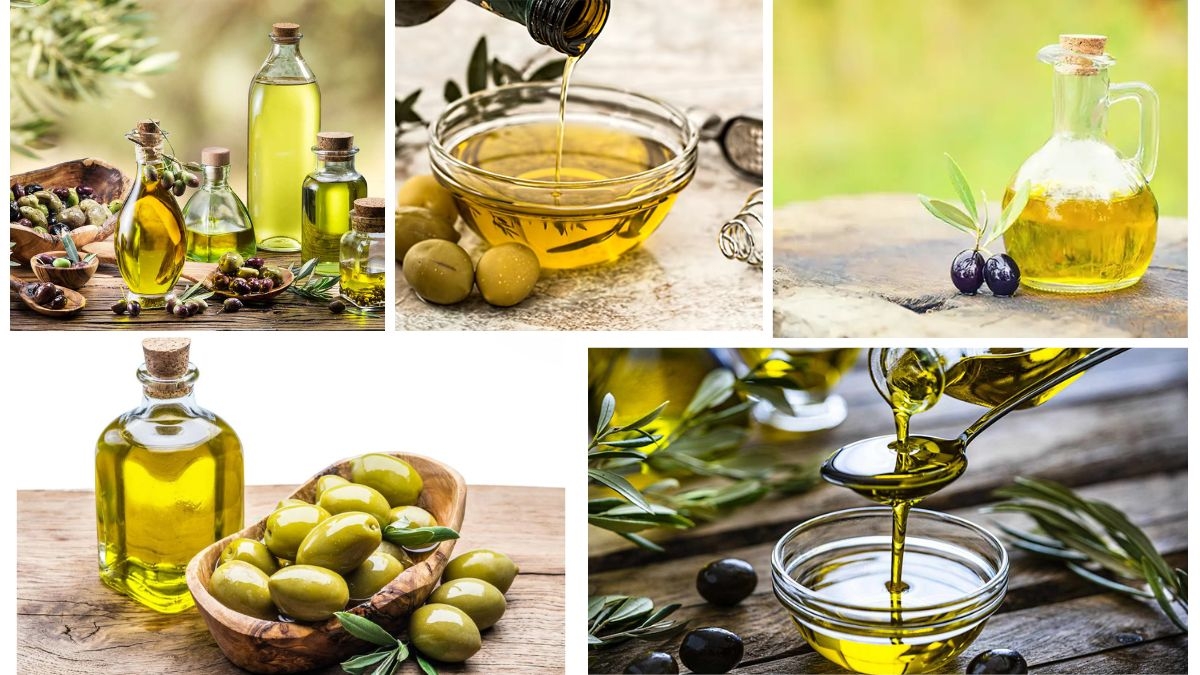



Leave A Comment